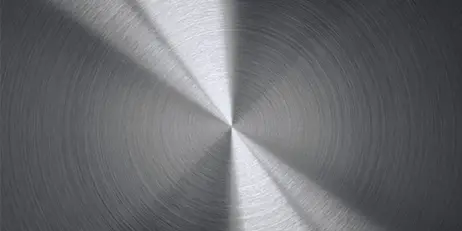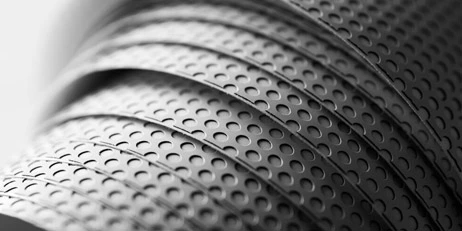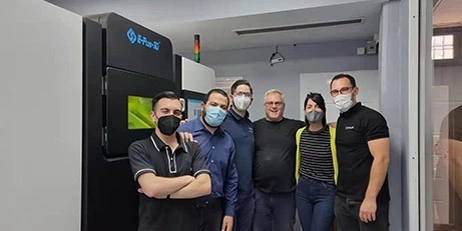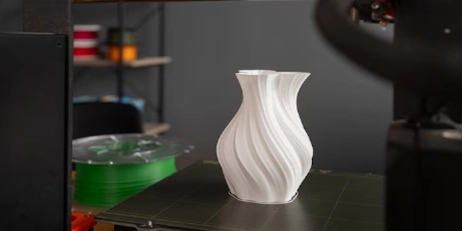Currently, the preparation methods of 3D printing metal powder mainly include atomization, rotary electrode, and sphering.
Atomization method of the 3D printing metal powder
The powder produced by the atomization method accounts for more than 80% of the world's metal 3D printing powder. The principle is to shatter metal or alloy liquid into small droplets with fast-moving fluid (atomization medium) and condense into solid powder. According to different atomization media, atomization methods can be divided into water atomization and gas atomization.
Water atomization
Water atomization prepares metal powder with water as the atomization medium. Its production cost is low, and the atomization efficiency is high. It is commonly used to produce steel powder, pre-alloyed powder for oil-bearing bearings, nickel-based magnetic material powder, etc.
Compared with gas atomization, the specific heat capacity of water is relatively large. In the atomization process, broken metal droplets quickly solidify into irregular shapes, making it difficult to control the shape of the powder and difficult to meet the requirements of metal 3D printing for powder sphericity. In addition, reactive metals and their alloys undergo reactions with water after contact at high temperatures, increasing powder oxygen content. These issues limit the preparation of metal powders with high sphericity and low oxygen content by water atomization.
Gas atomization
The principle of gas atomization is to crush liquid metal into small droplets by high-speed airflow and quickly condense them into powder. Gas atomization to prepare metal powder has the advantages of fine particle size, high sphericity, and high purity. It is the main method for producing 3D printing metal powder, and its production accounts for about 40% of atomization method prepared powder for 3D printing.
However, gas atomization technology also has certain shortcomings. In the process of airflow breaking liquid metal, the energy of the airflow is low, and the atomization efficiency is low, which increases the cost of preparing metal powder.
Rotary electrode method of the 3D printing metal powder
The rotary electrode method uses metal or alloy as a consumable electrode, which is heated and melted into liquid by electric arc heating at the end face and is centrifugally thrown out and crushed into fine droplets under the action of centrifugal force in the high-speed rotation of the electrode.
Generally speaking, the cooling rate of the rotary electrode is about 103~104K/s, and the rotation speed of the electrode is 10000~30000r/min. The prepared powder particle size decreases with the increase of the electrode rotation speed and diameter, ranging from 50~350μm.
Sphering method of the 3D printing metal powder
The sphering method mainly processes irregular powder produced by crushing and physicochemical methods and is considered the most effective process for obtaining high-density spherical powder. The principle is to use a high-temperature and high-energy density heat source (plasma) to rapidly heat and melt powder particles, and condense them into spherical liquid droplets under the surface tension, and quickly cool them to obtain spherical powder.
Currently, the preparation methods of sphering are mainly RF ion sphering and laser sphering. Since the initial powder will produce some aggregation, it will cause the overall melting during the sphering process, leading to an increase in the particle size of the prepared spherical metal powder.
With the rapid development of the metal 3D printing industry, the preparation technology of spherical 3D printing metal powder will be further improved and industrialized.
To meet the strict requirements of metal powder properties for 3D printing, China currently has certain production capacity. The gas atomization method and rotary electrode method can achieve large-scale production to an extent. The sphering method is still in the laboratory stage, and large-scale production still has a certain distance to go. However, there are issues with the process stability. High-end metal basic powder for 3D printing still relies on imports. Therefore, China should increase technical investment, learn from mature research and development experience, and independently develop new technologies and processes to promote the development and progress of metal powder preparation technology for 3D printing.























